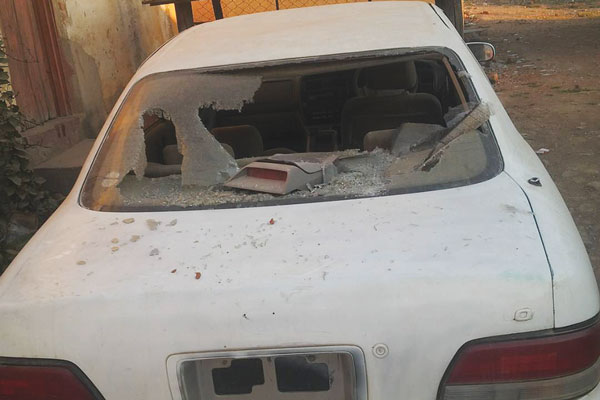
You don’t have to experience freezing temperatures for glass to break during the winter. While window and windshield technologies have improved over the last century, laminated glass is still vulnerable temperature extremes, imperfections and impacts. By understanding what causes glass to break during the winter, you can preventive measures that will save you money.
Killer #1: Quick Defrosting
When you encounter a thin layer of frost or fog on your car’s windshield, you may feel tempted to get rid of it quickly using warm or hot water. The problem with this technique is that glass does not handle high temperatures well. When you heat glass, it expands in a reaction called “thermal shock,” according to drivertical.com glass is more vulnerable to thermal shock when it’s:
- Thick
- Wide
- Uneven
- Contains imperfections
- Exposed unevenly to temperatures
When you pour hot water onto a cold windshield, the whole window does not expand; only the part exposed to the water does. This uneven expansion pulls the glass in different directions, causing it to shatter. To prevent the need for glass repair, Pensacola residents should use a car’s defogging system to clear the glass slowly and evenly. If you find frost or ice on the windows, use an ice scraper to aid the car’s defogging process.
Killer #2: Existing Chips
If a pebble chips your windshield or a window during the spring or summer, the chip could turn into a large crack or break during the winter. Seismologist Larry Gedney with the Geophysical Institute at the University of Alaska explains that a sudden change in temperature will cause glass to expand or contract. The stress caused by a temperature change can cause a small blemish to expand across a window. The best way to prevent such a scenario is to get a chip or crack in a windshield or window repaired as soon as possible.
Killer #3: Metal
It is not uncommon for glass to contain un-melted metal in powder form, according to glass consultant Mark Meshulam of ChicagoWindoExpert.com. Since metal has a higher thermal coefficient of expansion than the glass in windshield or windows, it expands faster and larger than glass. Meshulam states that nickel sulfide, a component sometimes found in glass, can grow by 4 percent with time, especially when exposed to heat. According to experts in glass repair, Pensacola residents who have metal particulates in their windows should take special care to warm a car’s windows slowly during the winter and repair cracks right away.
- Chamisa under fire over US$120K donation
- Mavhunga puts DeMbare into Chibuku quarterfinals
- Pension funds bet on Cabora Bassa oilfields
- Councils defy govt fire tender directive
Keep Reading
A car’s metal windshield frame can also place extra stress on a window crack, according to Gedney. He states that if the metal contracts enough because of cool temperatures, the frame may warp to the point that it affects the windshield glass.
The glass on windshields and windows are just as vulnerable to quick temperature changes as the glass in your kitchen. Use common sense during the winter and seek glass repair services for seemingly minor blemishes to avoid turning a small crack into a major repair.











